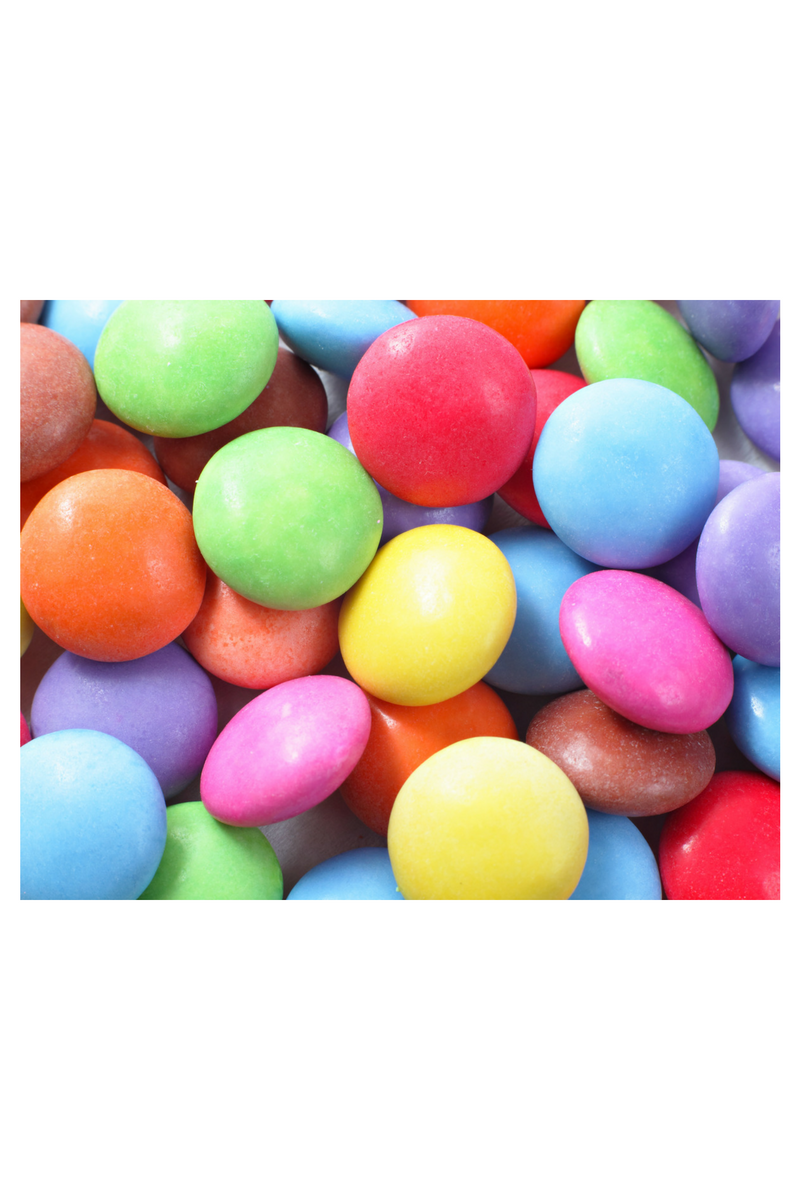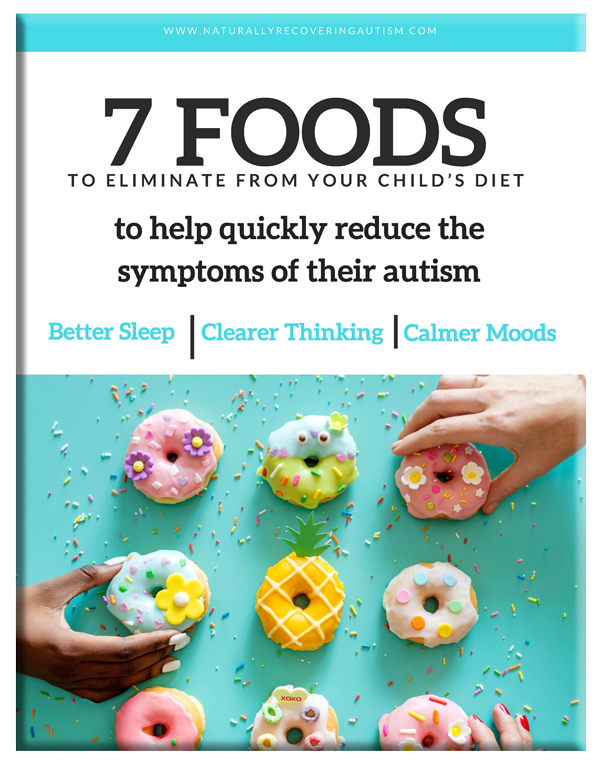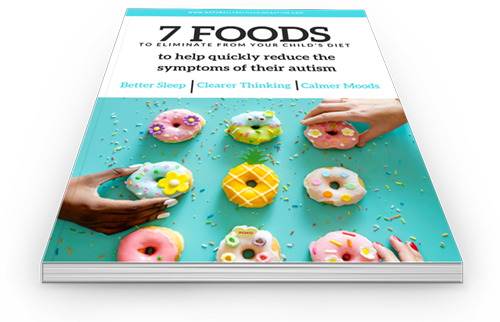What we eat directly affects our behavior. It is crucial to offer our kids the best possible choices to assist their ability to focus and control their behavior.
We must be aware of toxic pesticides and genetically modified organisms on and in our fruits and vegetables. Our meats are often pumped full of hormones and antibiotics. Those fruit roll-ups you may put into your child’s lunch box or the milk he gets at school could actually be sending his brain into a tizzy.
Food coloring:
FD&C dyes are not safe. They are allowed to have a certain percentage of lead, mercury, arsenic, benzidine and more because those substances are too difficult to remove. So the FDA has said that it is acceptable for dyes to contain some of these substances. The FDA themselves have told us that lead damages the brain. These dyes are known to cause asthma, hyperactivity, moodiness, irritability, depression, and more. They are used in everything from cosmetics to cereal and soda. They make those products look good, but they come with a price. 
A List of the FD&C dyes and Related Health Issues
- Blue #2: It has been known for years to cause brain tumors called gliomas. Glial tumors account for one third of all brain tumors.
- Red #2: The most commonly used dye, shows increased immune system tumors, hypersensitivity to allergic reactions and triggers hyperactivity. It is known to cause urinary bladder tumors.
- Red #3: In 1990, the FDA noted this was a thyroid carcinogen and banned it from use in cosmetics and topical drugs, but it is still allowed in candy, baked goods, and oral medications.
- Green #3: known to cause urinary bladder tumors
- Yellow #5 (tartrazine): This is a derivative of coal-tar. This yellow food coloring is associated with asthma, hyperactivity, and behavioral problems in children.
- Yellow #6: known to create adrenal tumors and hypersensitivity reactions. Hypersensitivity can be to external stimuli such as light and noise or internal moodiness such as irritability or depression. FD&C colors in medications are allowed to contain double the amount of lead as food coloring.
Sadly, these medications are being taken by people who are already sick, and therefore already have weak immune systems.
Navigating the Grocery Store
It is a good strategy to stay on the outside edges of the store where the freshest foods are, and avoid the internal isles where the junk food is. Buy organic foods, and foods with few ingredients. If it has a long list of ingredients, don’t buy it. Don’t buy anything which has food dyes, high fructose corn syrup (HFCS), high sugar content, monosodium glutamate, aspartame or aspartate. It is best to shop at your local farmers market or health food store, if possible.
On-the-go healthier food options
You do have choices. Remember to shop at your local farmers markets and eat organically. Instead of fruit chews laden with sugar and coloring, try a real piece of fruit. Hard-boiled eggs, salads with nuts and olive oil, sliced cucumbers with hummus, and celery with almond butter are better choices too. Almond butter also goes well with apples, and nuts always make a good protein snack (avoid peanuts: they are not nuts and they carry molds). Cheese from goats and sheep milk does not contain casein (the protein in cow’s milk), making it a safer and healthier choice. Always choose water instead of juice or soda.
Other chemicals to avoid in all foods
Never eat processed meats that often contain nitrates, nitrites, and monosodium glutamate. Instead choose fresh organic meats that you baked the night before, or deli meats purchased at a trusted butcher shop. You must ask the butcher if the meat contains any of the above ingredients. Be assured that the deli meats in conventional grocery stores often do. Read the labels!
Remember to put a frozen ice pack in an insulated bag when sending foods that need to be refrigerated to school. Bacteria can grow quickly without proper cooling. In the winter, soup can be a good lunch choice. Something homemade the night before can be warmed up and put into a thermos.
If you like this post, please share it with your friends!
Quickly Reduce Your Child’s Symptoms
of Autism by Eliminating 7 Specific Foods that Most People Consume Daily!
The first crucial step of autism recovery is to begin restoring health to the gut and the immune system.
The health of the gut is directly linked to the health of the brain and therefore to the symptoms of autism. In fact, 80% of the immune system comes from the gut so if the gut is not healthy, then the brain can’t thrive, and the immune system is compromised. It’s a vicious cycle, but thankfully, it’s one that we can put an end to by first eliminating harmful foods.
This is for informational purposes only and is not meant to diagnose or treat. Every child’s level of recovery is different. No two people are the same. It is never implied that all children will have the same outcome. Results are all based on individual biology and the work that is done. This process takes time and various steps, effort and resources need to be weighed. Our programs are intended to help you become more knowledgeable and guide you to help bring your child a better quality of life, whatever that may be. We want to help by giving great content, direction and strategies that move you forward. Nothing on this page or any of our websites is a promise or guarantee of results or future outcomes. The results on this page and any of our websites are not typical or promised. In fact, there will be people who purchase this and other programs and never put the work into implementing the strategies taught and therefore will achieve little to no results. Our more detailed earnings disclaimer, privacy policy, and terms and conditions for this program and website can be accessed via the links below. We hold ourselves (and you) to a high standard of integrity. We are cheering you on every step of the way.











